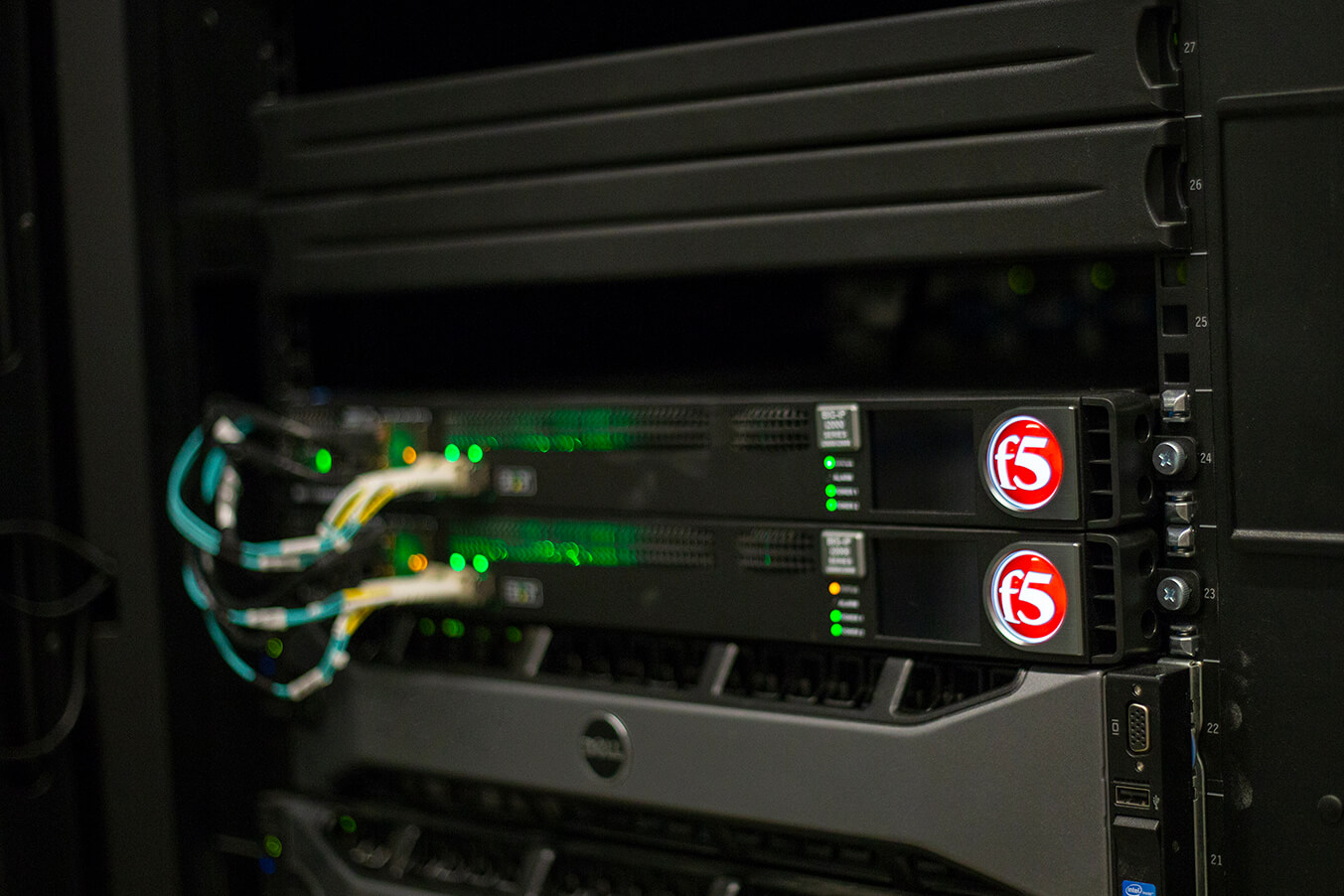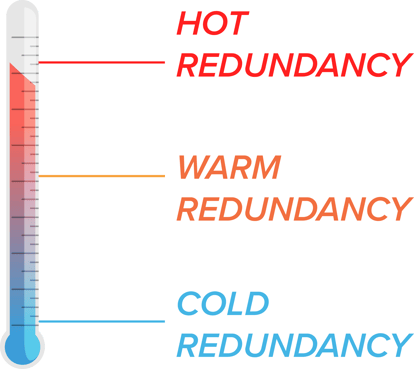
Central station redundancy can take many forms. It is not a "have" or a "have-not," per se. Just like cars have different size engines, quality of safety and additional features, central stations have different levels of redundancy and failover capabilities.
1. Operators (human resources)
2. Automation technologies
3. Telecommunications
Without one of these core elements, a central station could not operate, even with a single location. So, in addition to these three core elements, a truly redundant central station must have infrastructure in place that allows it to failover seamlessly in the event of a natural disaster.

Some central stations have what is called cold redundancy. Essentially, that means the monitoring company has one staffed location and a second unstaffed location with workstations, phones and computers. The second location typically isn’t on standby, meaning it has to be manually engaged. When the first location loses connectivity, operators and management have to relocate themselves to the second location, turn the equipment on and reconnect with subscribers’ systems.
If you couldn’t already tell, this redundancy system is littered with problems. Albeit more affordable, claiming this model as a form of true redundancy is borderline unethical. Depending on the distances between locations, one should consider the required window of time it takes to transfer a team of operators from one location to the next, turn on and connect all of the technology before finally taking signals again. Within that window of time, subscribers are left completely vulnerable, opening dealers and the wholesale alarm monitoring provider alike to liabilities.
In essence, any form of cold redundancy in the monitoring industry is unacceptable when lives are at stake. Typically, cold redundancy is only acceptable where time is not a factor in the transferral of products or services.
If there is literally no other choice (which, there is), warm redundancy meets the minimum requirements for failover processes. In the event that one process or site fails, a second, which is waiting on live standby, can be manually activated. This means a time span of minutes and hopefully only seconds go by before connectivity is restored. Perhaps for a monitoring center with fewer subscribers this is a more acceptable approach since call frequency will be much lower. However, for a central station that is responsible for hundreds of thousands of subscribers, a few seconds can be deadly.
Hot redundancy is truly the only acceptable failover model for a central station monitoring a continent-wide subscriber base. Hot redundancy plan monitoring station requires a central station to have multiple generators, phone lines, networks, locations, and a system that fails over to a secondary site without causing any interruptions in service. A truly hot-redundant process is regularly tested to find flaws and resolve them. It requires a heavy investment and takes hundreds of man hours to achieve. Yet, when the time comes and a natural disaster strikes, subscribers get the help they need when they need it.
Learn more about AvantGuard's Technology
Lorem ipsum dolor sit amet, consectetur adipiscing elit
Take advantage of our robust library of industry and AG related news, articles, webinars and other resources available through our resource center to enhance your success. You will also discover valuable insights and content you can share with your subscribers through your website, newsletters, and emails.
Receive more useful content like this by signing up for our weekly AG Newsletter below:
AvantGuard Monitoring Centers, LLC. | P.O. Box 15022 | Ogden, UT 84415 | Office: (877) 206-9141 | Fax: (801) 781-6133